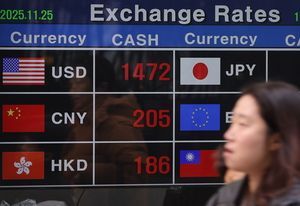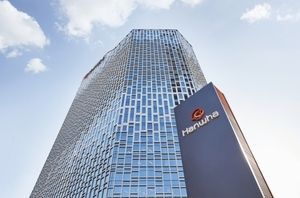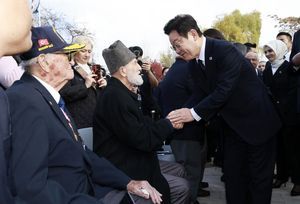
Russia’s Navy has conducted exercises simulating a nuclear missile strike on Europe in preparation for potential conflict with NATO. The drills reportedly targeted various European locations, including South Korea and Japan.
Financial Times (FT) reported yesterday that it obtained classified presentation documents from the Russian Navy detailing these nuclear strike exercises. The documents, created between 2008 and 2014 for wartime purposes, outline 32 European targets for the Russian naval fleet.
The presentation includes maps of distant targets like the western coast of France and Barrow-in-Furness in the UK, detailed before Russia’s full-scale invasion of Ukraine. FT assessed that the documents reveal how Russia planned for extensive conflict with the West and intended to launch a series of overwhelming attacks across Western Europe.
The documents also mention Russia’s allies, including China, Iran, and North Korea. In the case of the Korean Peninsula, two targets are marked in North Korea and one in South Korea. The presentation illustrates how Russia might apply its doctrines during the war in the Black Sea, Caspian Sea, or the Pacific Ocean. Also, FT notes that the documents suggest Russia’s surface ships are capable of carrying nuclear weapons.
As for tactical nuclear weapon delivery, the presentation mentions “anti-submarine missiles with nuclear warheads placed on surface ships and submarines” and “ship and shore-based anti-aircraft guided missiles with nuclear warheads to defeat enemy air defense groups.” The Navy’s emphasis on “high mobility” enables “surprise preemptive strikes” and “large-scale missile attacks from various directions.” According to the documents, nuclear weapons are intended to be used “in principle” alongside other destructive methods to achieve Russia’s objectives. In contrast, NATO member states are estimated to have less than 5% of the air defense capabilities required to counter a full-scale Russian attack. In June, President Putin stated that “Europe would be largely defenseless against a Russian missile strike.”
Experts note that these documents align with NATO’s assessment of the threat posed by the Russian Navy’s long-range missile attacks and Russia’s pace of nuclear weapons deployment. Former NATO official William Alberque commented that Russia’s capability to strike targets across Europe means that engaging NATO forces could put the entire European continent at risk. Jeffrey Lewis, a professor at the Middlebury Institute of International Studies at Monterey, added that tactical nuclear weapons, which can be launched from land, sea, or air, have shorter ranges and less destructive power compared to strategic weapons designed to target the US. However, he noted that they still possess the capability to release far more energy than the bombs dropped on Nagasaki and Hiroshima in 1945.










Most Commented